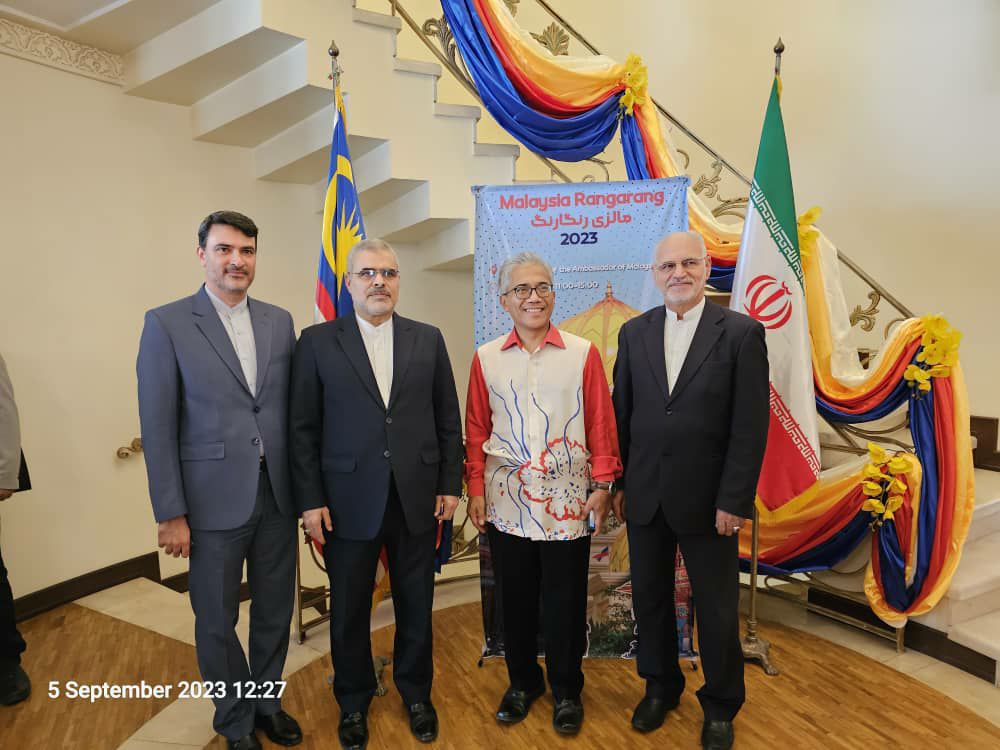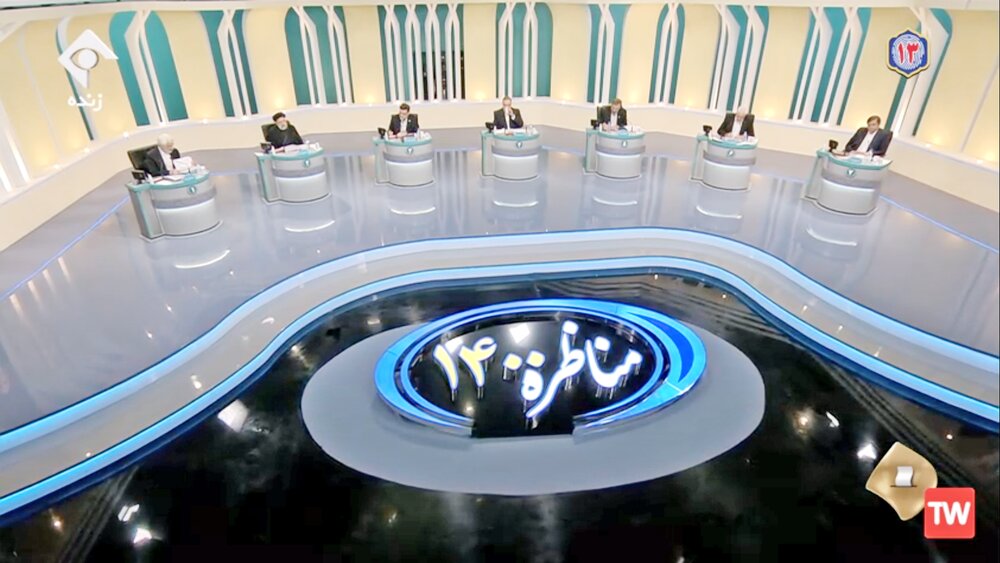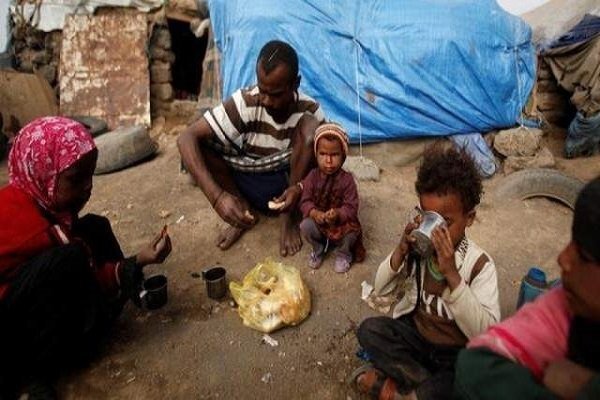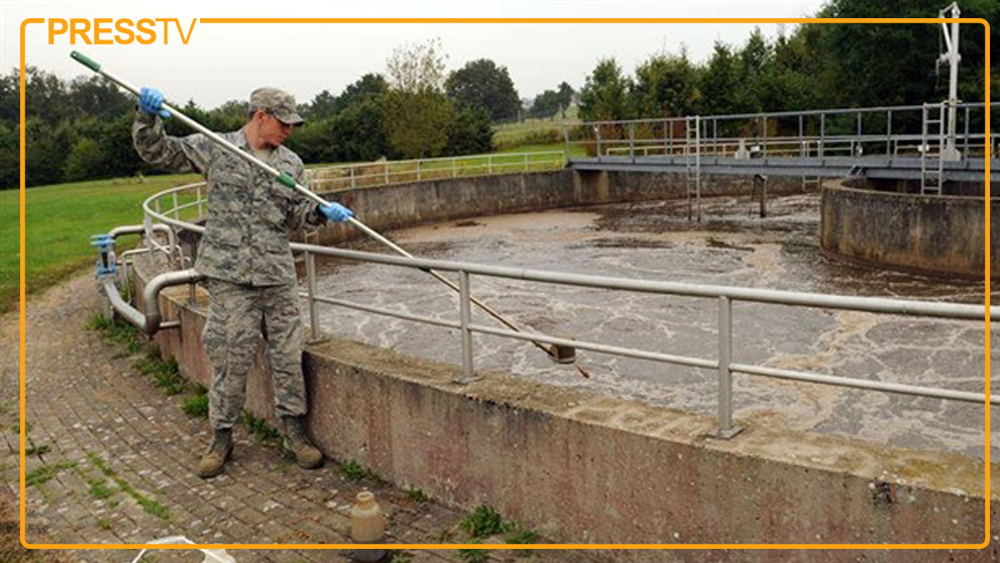Iran Plans $10b Investment in Oil Industry by Year-End
TEHRAN (Iran News) Speaking at the opening ceremony of the 29th International Oil, Gas, Refining, and Petrochemical Exhibition in Tehran on Thursday, Paknejad outlined the ministry’s efforts to boost investment, streamline contracts, and support knowledge-based companies. The exhibition, which features over 2,200 companies from Iran and abroad, is held at Tehran’s permanent fairground complex.
“Despite intensified sanctions, Iran’s oil exports remain at their highest possible level,” Paknejad said. “But this is just the beginning—we aim to position Iran as a regional energy hub and center for cooperation.”
Highlighting the exhibition’s theme, “Investment in the Oil Industry: A Guarantee for Economic Growth and Development,” Paknejad said it reflects the country’s broader economic strategies and aligns with guidance from Supreme Leader Ayatollah Ali Khamenei.
The minister revealed that oil production has increased by 150,000 barrels per day, raw gas production by 30 million cubic meters per day, and the country’s refining capacity has grown by 180,000 barrels per day since the current government took office. Additionally, annual petrochemical output has increased by 7 million tons.
Among the key goals is the completion of over 30 major projects that will raise oil production capacity by 250,000 barrels per day and add another 30 million cubic meters to daily raw gas production.
Paknejad stressed the need for over $20 billion annually to maintain and develop oil and gas fields, requiring modern financing tools and greater private sector involvement.
He highlighted a recent cabinet resolution enabling energy-intensive industries and petrochemical companies to directly invest in gas field development. The first such contract is expected to be signed during the exhibition.
“To achieve the goals outlined in the Seventh Development Plan, we must overhaul contract procedures,” Paknejad said. “Previously, finalizing upstream oil and gas contracts took three to four years. We’ve reduced this to under one year thanks to approvals from the Economic Council.”
He added that new incentives have been introduced to make contracts more appealing, including higher internal rates of return, tax breaks, and bonuses for exceeding production targets.
A key initiative is the introduction of improved IPC (Iran Petroleum Contract) models, public-private partnerships, and financial instruments like the $6 billion National Oil Guarantee Fund to reduce investment risk and enhance transparency.
Paknejad emphasized the ministry’s commitment to local content, noting that 86 contracts worth $200 million have been signed with 68 knowledge-based firms, leading to foreign currency savings and greater self-sufficiency in refinery equipment manufacturing.
At this year’s exhibition, an additional 16 contracts worth $150 million are expected to be signed with knowledge-based companies for the production of “first-time” domestic goods.
The minister said the Oil Ministry is pursuing funding through the National Development Fund, domestic banks, and international sources, aiming to finalize over $10 billion in oil and gas development contracts this year.
He cited a recent event dedicated to investment transformation in the upstream sector, where more than 200 opportunities were officially introduced for the first time.
“These efforts reflect our firm resolve to increase private sector participation and highlight the strategic role of oil and gas in wealth creation and national development,” Paknejad said.
He also pointed to the government’s commitment to fostering international partnerships, particularly with neighboring countries, to expand Iran’s presence in global energy markets.
Recent collaborations include a gas swap agreement between Turkmenistan and Turkey via Iran, which strengthens Iran’s role as a regional energy hub. Paknejad also noted progress in cooperation with Russia, including a legal framework to facilitate joint investments and reduce political risks through a proposed treaty.
Paknejad concluded his remarks by underscoring the importance of adopting emerging technologies such as artificial intelligence across the oil and gas value chain, calling it essential for the industry’s modernization.
He thanked President Masoud Pezeshkian and Supreme Leader Khamenei for their support, stating that oil is a divine blessing that must be leveraged for national empowerment and comprehensive development.
The 29th International Oil, Gas, Refining, and Petrochemical Exhibition runs from May 7 to May 10 in Tehran. Open daily from 8 a.m. to 3 p.m., the event is regarded as the largest oil industry gathering in the Middle East.
According to the exhibition’s director, Saman Ghoddousi, around 2,200 Iranian and international companies are participating, including firms from China, Russia, Spain, Italy, the UK, Switzerland, South Korea, Turkey, India, the UAE, Canada, France, Germany, and Brazil.
“The exhibition offers a unique platform for knowledge exchange, business networking, and showcasing the latest technological achievements of Iranian industry players,” Ghoddousi said.
Due to high demand, five additional halls were added this year, along with expanded outdoor space. This year’s exhibition also features two major digital initiatives: an AI-based navigation system and a virtual exhibition platform, enabling remote participation.
- source : IRAN NEWS ECONOMIC DESK






























